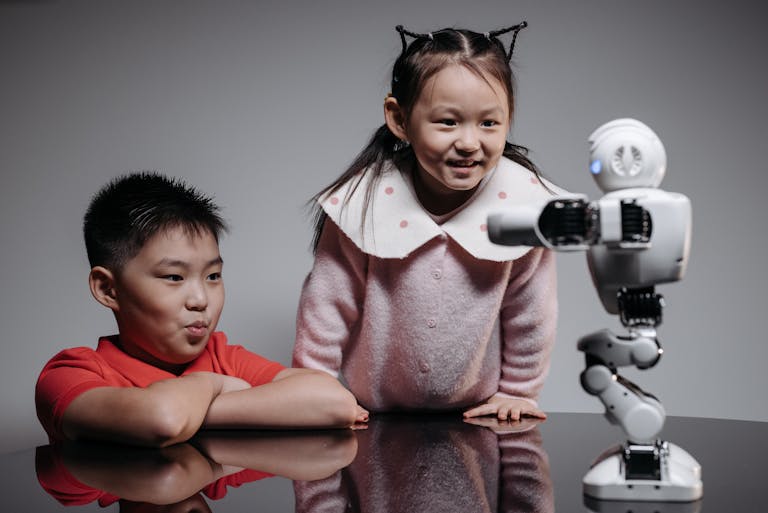AI in Education: Enhancing Critical Thinking Skills
Artificial Intelligence (AI) is revolutionizing many aspects of our lives, and education is no exception. As we dive into the digital age, AI’s role in the classroom is becoming increasingly pivotal. One of the most exciting prospects is how AI can be leveraged to enhance critical thinking skills among students. But how exactly does this happen? Let’s explore!
Table of Contents
1. Introduction to AI in Education
2. How AI Enhances Critical Thinking Skills
3. Real-World Examples of AI in the Classroom
4. Potential Challenges and Considerations
5. Conclusion
6. FAQs
Introduction to AI in Education
AI isn’t just about robots and futuristic concepts. In education, AI refers to computer systems that can perform tasks typically requiring human intelligence, such as recognizing patterns, making decisions, and learning from data. This technology holds promise for creating more personalized and engaging learning experiences, crucial for nurturing critical thinking skills.
How AI Enhances Critical Thinking Skills 🤔
AI can foster critical thinking in several ways:
1. Personalized Learning Paths: AI can analyze a student’s strengths and weaknesses to provide tailored content. This customization helps students think critically about the material as it relates directly to their learning needs.
2. Adaptive Assessment Tools: AI-powered assessments can adjust the difficulty based on a student’s performance, encouraging them to analyze and solve problems at an appropriate challenge level.
3. Interactive Simulations: AI can create immersive simulations that mimic real-world scenarios, prompting students to apply critical thinking to solve problems and navigate complex situations.
Real-World Examples of AI in the Classroom 🌍
Let’s take a look at some real-world applications that highlight AI’s role in enhancing critical thinking:
1. Smart Tutoring Systems: Applications like Carnegie Learning offer AI-based tutoring that adapts to student responses, providing hints and feedback in real-time, which stimulates critical analysis.
2. Virtual Labs: Platforms like Labster use AI to simulate lab experiments, allowing students to experiment and think critically about scientific concepts without the constraints of physical labs.
Potential Challenges and Considerations 🚧
While AI offers promising benefits, there are challenges to consider:
1. Ethical Concerns: Data privacy and the ethical use of student data must be a priority when implementing AI technologies in education.
2. Teacher Roles: AI should complement, not replace, the critical role of teachers. Educators are essential for guiding students in developing critical thinking skills beyond what AI can offer.
Conclusion
AI in education is more than just a trend; it’s a transformative tool that can significantly enhance critical thinking skills among students. By providing personalized learning experiences and innovative assessment methods, AI helps students engage more deeply with content, preparing them for the complex problem-solving required in the real world. As we continue to integrate AI into education, it’s crucial to balance technological advancements with ethical considerations to ensure a positive impact on learning.
FAQs
Q1: Can AI replace teachers in promoting critical thinking?
A1: No, AI is a tool that supports teachers by providing personalized learning experiences. Teachers play an irreplaceable role in guiding critical discussions and fostering a supportive learning environment.
Q2: Is AI in education accessible to all students?
A2: While AI has the potential to be widely accessible, there are disparities in access due to factors like funding and infrastructure. Efforts are ongoing to bridge these gaps.
Q3: What are the privacy concerns with AI in education?
A3: Privacy concerns mainly revolve around the use of student data. It’s crucial for educators and tech companies to adhere to strict data protection policies to safeguard student information.
Q4: How does AI handle different learning styles?
A4: AI can analyze individual learning patterns and adapt content delivery to suit various learning styles, making education more inclusive and effective.


